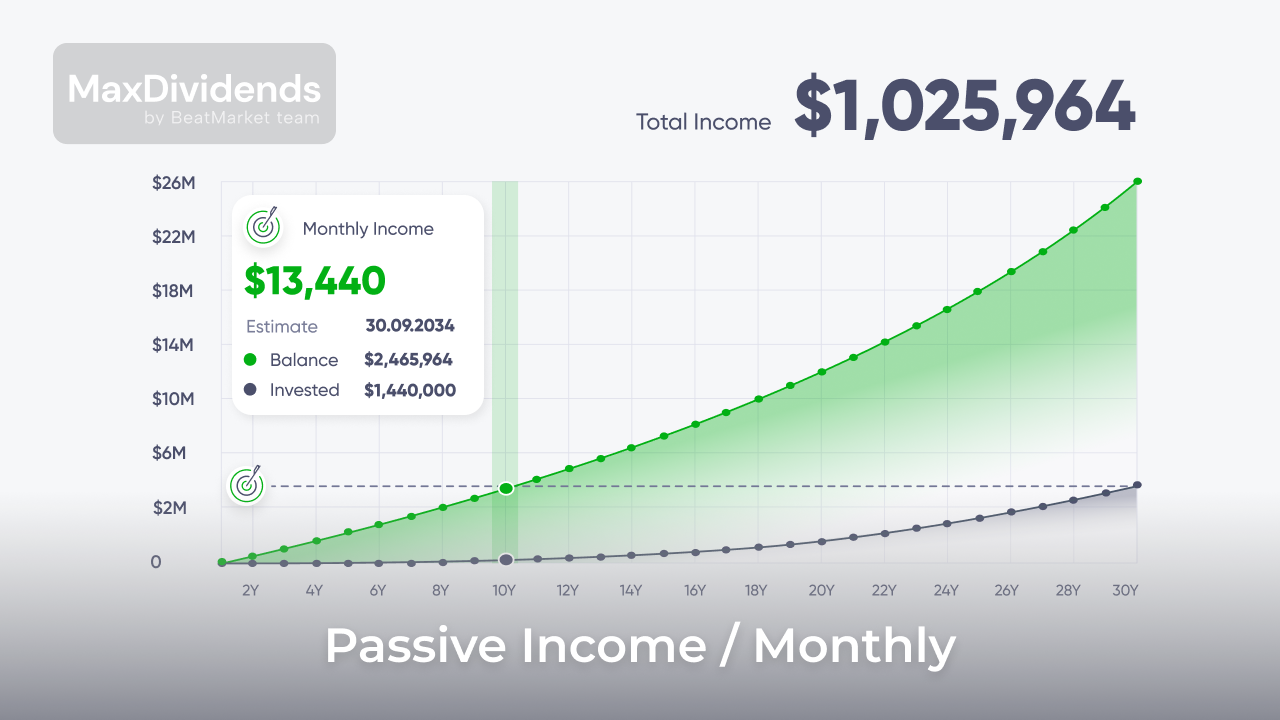Day trading is a popular form of investment that can be both rewarding and risky. This article will provide an overview of the key day trading statistics, including the average return on investment, the success rate and the strategies for risk management in day trading.
It will also discuss the importance of understanding the statistics to make the most of your day trading investments. By the end of this article, you will have a better understanding of the day trading statistics and how they can be used to your advantage.
Table of Contents
General day trading statistics and facts
Day trading has gained popularity recently, with participation significantly expanding in 2020 and 2021.
Only 13% of day traders were consistently profitable over a six-month period, per a University of California study.
According to a different survey, only 1% of day traders were able to consistently make money over a period of five years or more.
The average individual investor underperforms a market index by 1.5% per year. Active traders underperform by 6.5% annually.
The recent state of day trading
The growth of internet trading platforms and social media in recent years has contributed to the rise in the popularity of day trading. Also, as more people looked to profit from market volatility and work from home, the COVID-19 epidemic led to a large rise in retail trading activity.
Day trading, however, is a fiercely competitive and risky activity, and many traders suffer huge losses. In 2020, 72% of day traders experienced financial losses, according to a report by the Financial Industry Regulatory Authority (FINRA).
Despite the hazards and regulatory hurdles, day trading continues to draw a diverse variety of participants, from experienced professionals to beginner traders. American stock traders climbed from 15% in 2019 to 25% in 2021, according to a Charles Schwab survey, which is based on data from the country.
Day trading demographics
According to Broker Notes, 18-to-34-year-olds now account for 65% of all online traders in the UK, a figure that has increased year-on-year since 2015. At the same time, the proportion of traders over the age of 45 has dropped, marking a clear shift towards a younger demographic.
The percentage of women who identify as active traders has increased from 27% to 41%.
In the USA, 90.5% of day Traders are male and 9.5% female, according to Zippia.
What are the success rates in day trading?
According to Analysts Day Trade Review, the exact proportion at which day traders lose money varies by country and study period, but in most cases, more than 80% lose money within the first year of trading.
According to My Trading Skills nearly 40% of day traders quit within one month. After three years, only 13% of day traders remain.
Another survey showed that traders who held positions for less than a day had a success rate of 47%, while those who held positions for more than a year had a success rate of 73%.
In a study by the brokerage firm Tradeciety, traders who used a breakout trading strategy had a success rate of 30%, while those who used a trend-following strategy had a success rate of 20%.
Risk management in day trading
The 1% rule for day traders limits the risk on any given trade to no more than 1% of a trader’s total account value.
Day traders can risk 1% of their account by trading either large positions with tight stop-losses or small positions with stop-losses placed far away from the entry price. The profit target on these trades should be at least 1.5% or 2%.
A study showed that 88% of day traders use stop-loss orders as part of their risk management strategy.
According to a study by the trading platform Etoro, the average risk-to-reward ratio used by day traders is 1.43:1, indicating that traders are generally willing to take on slightly more risk than the potential reward.
TD Ameritrade’s brokerage firm found that 62% of day traders reported that they used position sizing as part of their risk management strategy.
Supplementary Statistics
90% of day traders lose money consistently.
This serves as a warning to potential traders that the odds of success are heavily stacked against them. It is a reminder that day trading is not a get-rich-quick scheme, and that it requires a great deal of skill, knowledge, and discipline to be successful.
Only 1% of day traders are predicted to be profitable after costs.
It highlights the fact that the vast majority of day traders are likely to incur losses after costs, making it a risky endeavor. It is important to consider this statistic when considering day trading as an investment strategy.
Approximately 72% of day traders suffered a net loss in 2019.
The majority of day traders are not able to turn a profit, and that the potential for losses is very real. It serves as a warning to those considering day trading, and should be taken into account when making decisions about whether or not to pursue this type of investment.
The average individual day trader loses money for six months before giving up.
It takes a significant amount of time and dedication to become successful in the field, and that it is not a get-rich-quick scheme. It also serves as a warning to those who are considering day trading, that it is not a guaranteed path to success and that it requires a great deal of effort and patience.
97% of individual day traders consistently lose money.
This serves as a warning to potential traders that the odds are stacked against them and that they should approach day trading with caution. It also highlights the importance of having a sound trading strategy and understanding the markets before attempting to make a profit.
40% of day traders quit within a month, and 87% quit within 3 years.
Most day traders are unable to sustain their trading activity over the long term, with a high percentage quitting within a short period of time. This is an important statistic to consider when evaluating the potential of day trading as an investment strategy.
Female day traders are more successful than male day traders, with an average return of 43% compared to 41%.
Women can be just as successful as men in the world of day trading, and that they should not be overlooked or underestimated. This statistic serves as a reminder that gender should not be a barrier to success in the financial markets.
Day trading penny stocks has a success rate of about 1%.
Despite the potential for high returns, the chances of success are slim. As such, it is important for potential day traders to be aware of the risks and to approach the activity with caution.
Approximately 17% of day traders can manage to earn minimum wage via day trading.
Thus, the majority of day traders are unable to make a living wage from their trading activities, highlighting the need for caution and careful consideration when entering the world of day trading.
Day traders are more likely to experience a 50% loss than a 50% gain.
While there is potential for large gains, there is also a significant chance of significant losses. This is an important point to consider for anyone considering day trading as an investment strategy.
Only 3% of day traders make consistent profits.
Day trading is a risky endeavor, with only a small fraction of traders able to make consistent profits. It highlights the importance of doing thorough research and having a sound trading strategy before entering the market.
Day traders who use margin for leverage suffer an average return of -4.53%.
Leveraging margin can amplify gains, but it can also amplify losses. The average return of -4.53% indicates that day traders who use margin for leverage are more likely to experience losses than gains.
P.S – Now you know the true 🙂






